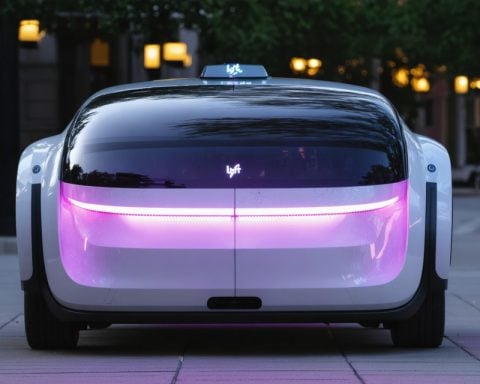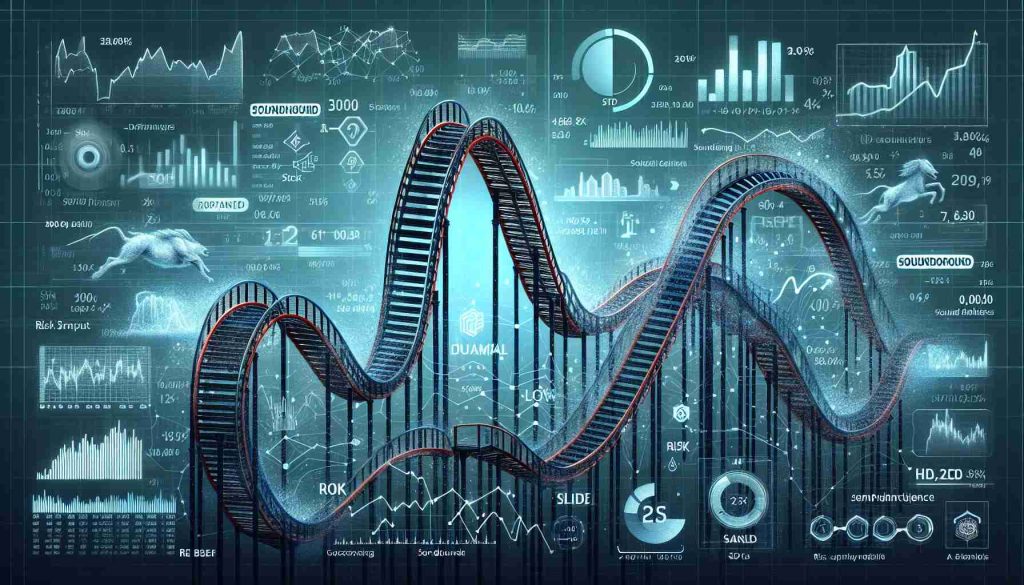- Hyundai introduces the ‘Dream Battery,’ a solid-state battery advancing electric vehicle capabilities with better range and fast charging while enhancing safety.
- Pilot testing is underway at Hyundai’s Uiwang Research Center, marking a departure from traditional battery suppliers and exploring collaborations with other automobile giants.
- A focus on lowering fire risks through innovative technology, ensuring safety in the event of punctures.
- The solid-state battery market is poised to reach $36 billion by 2030, driven by innovations in battery technology, despite challenges like high initial costs.
- This development underscores Hyundai’s ambition to become a leader in the EV sector, challenging major competitors with its strategic innovations.
Hyundai is gearing up to launch a groundbreaking solid-state battery set to redefine electric cars as we know them. Aptly named the ‘Dream Battery,’ this technological marvel aims to shake off current limitations by being lighter, more power-dense, and offering lightning-fast charging—all without compromising safety. Imagine electric vehicles gliding seamlessly over distances of 500-600 kilometers on a single charge!
At Hyundai’s buzzing Uiwang Research Center in Gyeonggi, these batteries are undergoing pioneering pilot testing, set against a backdrop of fierce competition and innovation. A firm stance in solid-state technology results in a power-packed battery that not only charges swiftly but also significantly reduces fire risks—allowing punctures to be mere inconveniences rather than dangerous threats.
This bold move marks Hyundai’s strategic shift away from traditional suppliers like CATL, as it explores exciting collaborations, possibly with General Motors. As the automotive world watches with bated breath, Hyundai positions itself as a leader in the electric revolution, challenging giants like Toyota and Nissan.
Hyundai’s vision isn’t just about pushing range boundaries but finding a sweet spot between range and economic viability. Come 2030, the solid-state battery market is projected to soar to $36 billion, driven by these innovations. While hurdles like high initial costs and scaling challenges persist, the promise of fewer raw materials and enhanced safety sets a new standard for EVs.
Prepare for an automotive evolution where Hyundai’s ‘Dream Battery’ doesn’t just charge cars—it charges possibilities. Keep your eyes peeled and wallets ready as the future of driving shifts gears into a greener, speedier era.
The Revolution in Electric Vehicles: Hyundai’s ‘Dream Battery’ Set to Transform the Market
What are the Key Features and Advantages of Hyundai’s ‘Dream Battery’?
Key Features and Advantages:
1. Enhanced Energy Density: The solid-state ‘Dream Battery’ boasts a higher energy density than traditional lithium-ion batteries, allowing for longer range on a single charge, estimated between 500-600 kilometers.
2. Faster Charging Times: The innovative architecture of the battery significantly reduces charging time, making it feasible for quick recharges in daily use.
3. Improved Safety: By eliminating the liquid electrolyte found in conventional batteries, the solid-state design dramatically reduces the risk of fire, even when punctured.
4. Material Efficiency: Fewer raw materials contribute to a more sustainable production process, aligning with eco-friendly manufacturing practices.
How Does Hyundai’s Innovation Impact the Global EV Market?
Market Impact Analysis:
The introduction of the ‘Dream Battery’ positions Hyundai as a frontrunner in the global electric vehicle (EV) market. By 2030, the solid-state battery market is forecasted to reach $36 billion, driven by technological advancements like Hyundai’s. This initiative disrupts the dependency on traditional battery giants such as CATL and marks a strategic pivot potentially involving collaborations with companies like General Motors.
Competitive Edge:
Hyundai challenges major players like Toyota and Nissan, setting a new industry standard. The focus is not only on vehicle range but also on achieving economic viability, enhancing consumer accessibility to EVs.
What are the Challenges and Predictions for the Future of Solid-State Batteries?
Challenges:
1. High Initial Costs: The technological and production costs of solid-state batteries remain high, posing a barrier to mass-market adoption.
2. Scaling Production: Achieving large-scale production to meet market demand is a significant hurdle Hyundai must overcome.
Predictions:
The advancement and adoption of solid-state batteries will likely accelerate as manufacturing processes become more refined and economies of scale are realized. Over time, these batteries could become the cornerstone of future electric vehicles, leading to broader acceptance and application beyond automobiles.
For more insights on innovations shaping the automotive industry, visit Hyundai.

















